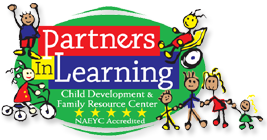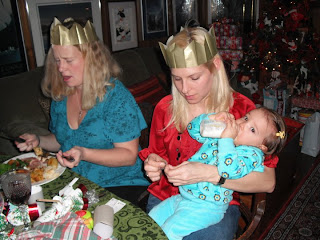As the number of children being diagnosed with autism increases, the need for public awareness involving correct identification of the early symptoms of autism becomes imperative.
New parents should become familiar with these signs so that if necessary, early intervention and support can have significant benefits for their young child in the future. Early detection is vital to learning how to teach a child with autism.
1) Babies should usually be smiling by the time they are 6 months old. This involves a true happy smile, not a gas smile. Mothers often find it easier to believe their child is moving at their own pace when milestones are not met, but it should be recognized as a possible symptom of autism to be safe. If you are concerned about your child not meeting milestones, have them checked out by a physician to be sure.
2) By 10 months, infants should be attempting to mimic facial expressions, words, and vocal intonations in some way. Typically developing babies try to mirror what their parents and other people are doing.
3) By 12 months, a lack of response to their name by a familiar voice may be an early sign of autism. Typically developing children usually babble or “baby talk” by 12 months. Also, by 12 months, children should be making back-and-forth gestures, such as pointing, showing, reaching, or waving.
4) A common way to recognize early symptoms of autism is if your child is not speaking by the age of 2. At least a few words in their vocabulary are typical for children by this age. If your child is 2 years old and not talking at all, make an appointment with your pediatrician.
5) While some children do not display all of the symptoms of autism, if you are in any way concerned due to recognizing ANY of the early symptoms, seek out professional help and get the proper testing done to help rule in or out autism.
Other possible indicators of early signs of autism include:
a. Does not respond to name; at times seems to be hearing impaired
b. Poor eye contact
c. Doesn’t seem to know how to play with toys to excessively lines up toys or other objects
d. Is attached to one particular toy or object
e. Doesn’t smile or interact joyfully
f. Doesn’t point or wave goodbye or use other gestures to communicate
g. Doesn’t follow the gesture when you point things out
h. Doesn’t make noises to get your attention
i. Doesn’t initiate or responds to cuddling
j. Doesn’t reach out to be picked up
k. Doesn’t ask for help or make other basic requests
Overall, the best method for early detection of autism involves:
a. Monitor your child’s development
b. Take action if you’re at all concerned
c. Don’t accept a wait-and-see approach
d. Trust your instincts
Katherine Zink, Community Inclusion Assistant



























